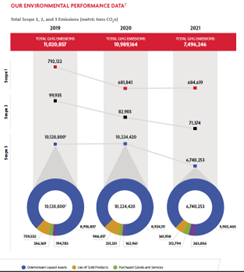Giving Season and a Sustainable Earth
It is giving season, with Giving Tuesday coming up after the long Thanksgiving weekend. Now is the best time of the year to reach out to your Donors and make sure that they are thinking of you as they give thanks for the year and give donations into the end of the tax year. GivingTuesday.org #GivingTuesday Black Friday is named such as a target date for companies to move from losing money for the year…


